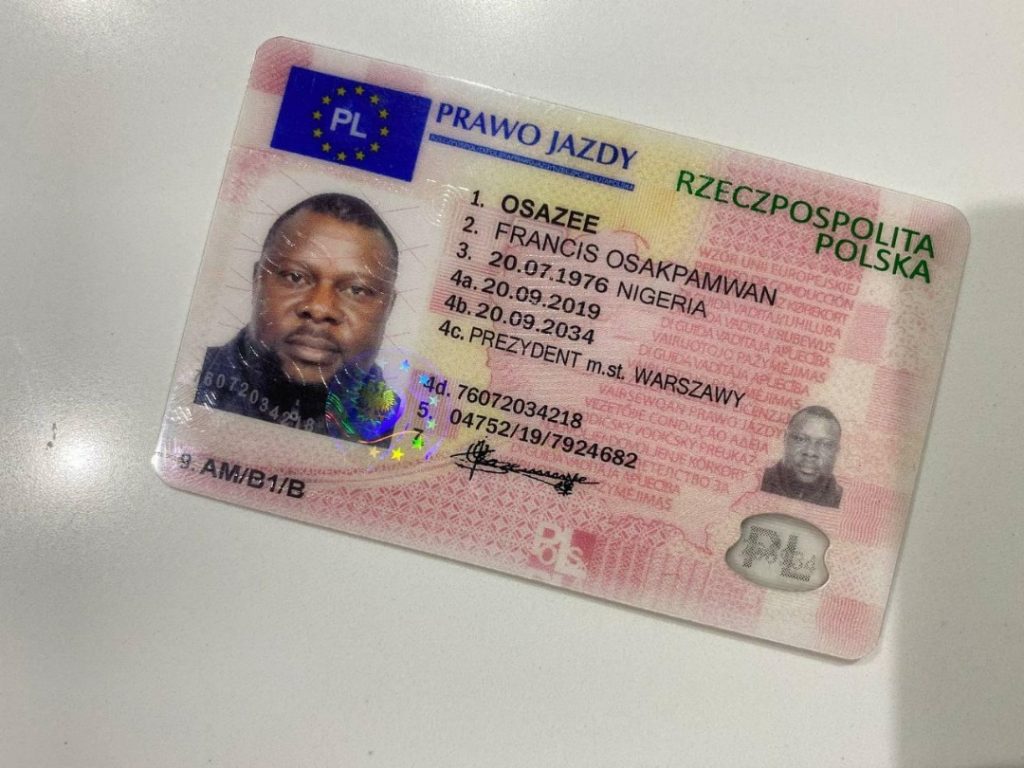What Is The Reason? Driving Licenses B Is Fast Increasing To Be The Most Popular Trend In 2024?
Understanding Driving Licenses: Types, Requirements, and Frequently Asked Questions
Driving is an essential aspect of modern life, and obtaining a driving license is a vital turning point for lots of individuals. This post explores the various types of driving licenses available, the requirements to get them, and responses typically asked questions associated with the subject. An educated point of view on driving licenses can help people comprehend the importance of selecting the correct type of license to meet their requirements.
Types of Driving Licenses
Driving licenses can vary between countries and areas, but they typically fall into numerous major classifications. The following table summarizes the most common types of driving licenses, including their purposes and typical constraints.
Kind of License
Description
Common Restrictions
Eligibility Age
Learner's Permit
Allows newbie drivers to practice.
Should drive with a certified grownup.
16-18 years of ages
Class C License
Standard license for passenger automobiles.
No constraint on number of guests.
18 years or older
Class A License
Business license for large cars.
Need to comply with stricter guidelines.
21 years or older
Class B License
For driving buses and larger lorries.
May need special recommendations.
21 years or older
Motorbike License
For operating motorcycles.
Should use a helmet; varies by state.
16-18 years of ages
International License
Enables legal driving in foreign countries.
Must have a valid domestic license.
18 years or older
Student's Permit
The student's permit is the primary step for many people venturing into the world of driving. This permit enables newbie motorists to practice driving under monitored conditions, generally requiring a licensed grownup over a certain age to accompany them in the automobile.
Class C License
The Class C license is the most typically held driving license, enabling people to operate standard traveler lorries. This license generally has less constraints compared to other classifications.
Class A and B Licenses
Class A and B licenses are required for running commercial lorries. These licenses need special training and screening, guaranteeing that chauffeurs are equipped with the skills required for steering bigger and more complex vehicles safely.
Motorbike License
People interested in riding motorbikes should get a motorcycle license, which can need extra training and testing. Caroll Heither , such as helmets, is often mandated by law.
International License
A worldwide driving license enables people to drive in foreign countries, however it is essential to have a legitimate domestic driving license in combination with the worldwide permit.
Requirements to Obtain a Driving License
The requirements for acquiring a driving license can differ significantly by jurisdiction. However, there are common steps and requirements that many candidates will come across. Below is a list of general requirements:
Age Requirement:
- Minimum age differs; learner's permits are often released at 16, while complete licenses might need candidates to be 18 or older.
Vision Test:
- Most jurisdictions need applicants to pass a vision test to make sure safe driving abilities.
Written Test:
- New drivers should pass a composed exam that covers traffic laws, roadway signs, and safe driving practices.
Driving Test:
- Practical driving tests are performed to demonstrate an applicant's ability to run a car securely under different conditions.
Charges:
- Payment of application and screening charges is normally required.
Proof of Identity:
- Applicants must supply valid recognition, such as a passport or birth certificate, together with evidence of residency.
Adult Consent (for minors):
- Parental or guardian permission is often needed for applicants under the age of 18.
Understanding the different kinds of driving licenses and their associated requirements is crucial for anyone seeking to drive legally and securely. Each license serves a distinct function, catering to various driving needs, from standard vehicles to business transportation and motorcycles. By satisfying the essential criteria and adhering to policies, striving chauffeurs can take pleasure in the freedom of driving while ensuring their safety and the security of others.
Frequently Asked Questions (FAQs)
What do I require to bring when making an application for a driving license?
- You generally need to provide recognition, proof of residency, and any essential application charges. Contact your local DMV or licensing authority for specific requirements.
For how long does it take to acquire a driving license?
- The timeline can vary based upon specific scenarios, such as how rapidly one can complete the required tests, and whether there is a backlog at the licensing authority.
Can I drive with a student's permit?
- Yes, but you must be accompanied by a licensed chauffeur and stick to limitations set by your local laws.
What takes place if I fail the driving test?
- You typically have the alternative to retake the test after a designated waiting period, which differs by jurisdiction.
Is it needed to take a driving course?
- While not constantly necessary, taking a motorist's education course can be advantageous and is typically required for people looking for a student's license.
By being informed about the types of licenses available, the requirements necessary for getting one, and the associated policies, possible motorists can browse the procedure of acquiring a driving license with confidence.
